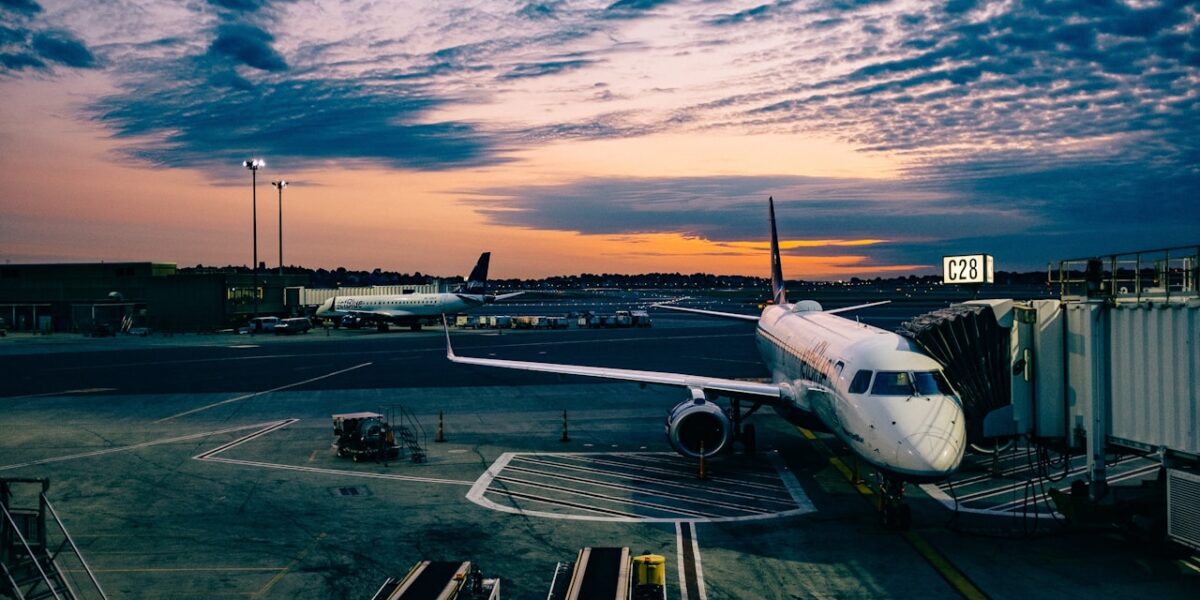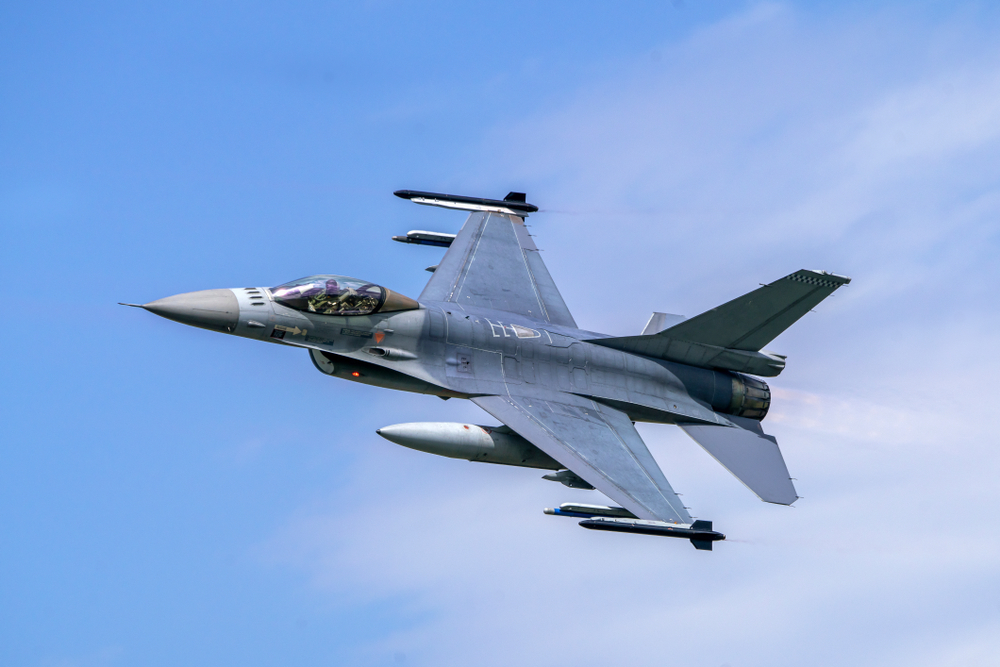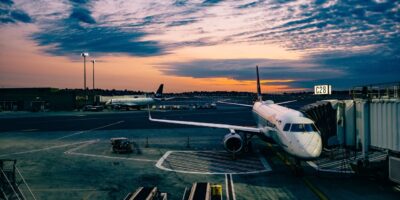The Life and Journey of an Astronaut
Astronauts undergo rigorous training and preparation for their missions. This journey includes physical, mental, and technical challenges. Their job is to explore space, conduct experiments, and gather data that can benefit humanity.

Becoming an Astronaut
The path to becoming an astronaut is not easy. Aspiring astronauts typically need a strong educational background in science, engineering, or a related field. Most astronauts hold advanced degrees.
For instance, many astronauts have advanced degrees in fields like physics, aerospace engineering, or biology. Academics are only part of the equation.
Physical fitness is crucial. Astronauts must endure tough physical training to ensure they can handle the stresses of spaceflight. This includes underwater training to simulate the effects of microgravity and practice spacewalks.
Training Programs
Training programs are extensive and last several years. They include simulations of spacecraft operations, habitat management, and emergency procedures. These simulations prepare astronauts for the complexities of space missions.
Advanced technology training is also essential. Astronauts learn to operate complex spacecraft systems and use scientific instruments. Understanding these tools is necessary for successful mission work.
Teamwork and communication skills are emphasized. Space missions require close cooperation among crew members. Effective communication can be the difference between mission success and failure.
Life in Space
Once in space, astronauts experience unique living conditions. Microgravity profoundly affects their bodies. Muscles weaken and bones lose density. Exercise is critical to counteract these effects. Astronauts spend hours daily on physical fitness to maintain their health.
Sleeping in space is different. Astronauts strap themselves into sleeping bags to prevent floating around. The absence of a traditional day-night cycle can affect their sleep patterns.
Eating is another challenge. Food must be specially prepared to prevent spoilage and ensure safety. They eat a variety of pre-packaged meals, carefully planned to meet nutritional needs.
Personal hygiene is adapted to space conditions. Astronauts use waterless shampoos and pre-moistened towels. Waste management involves advanced systems to handle human waste in microgravity.
Scientific Research
Scientific research is a key component of an astronaut’s work. They conduct experiments that cannot be performed on Earth. These include studies in biology, physics, and materials science.
Biological experiments explore how microgravity affects living organisms. This research helps develop medical treatments and understand human health better.
Physics experiments provide insights into fundamental forces and particles. These studies expand our knowledge of the universe’s workings.
Materials science research in space leads to innovations in technology and materials. For example, studying crystal growth in microgravity can improve materials used in electronics.
Spacewalks
Spacewalks, or extravehicular activities (EVAs), are one of the most dramatic aspects of an astronaut’s job. During EVAs, astronauts leave their spacecraft to conduct repairs, install equipment, or perform experiments.
Preparation for EVAs is meticulous. Astronauts train for months in underwater facilities to simulate the zero-gravity environment of space. They practice every movement to ensure precision and safety.
Spacewalks can last several hours. Astronauts wear specially designed spacesuits that provide oxygen, temperature control, and protection from space hazards. Every EVA carries risks but is crucial for mission success.
Communication with Earth
Effective communication with Earth-based teams is vital. Astronauts frequently interact with mission control to receive instructions and report on progress. Clear and concise communication helps avoid misunderstandings and errors.
Communication systems are sophisticated. They include multiple channels for redundancy and reliability. Video communication is also used, allowing face-to-face interactions with mission controllers.
Staying connected with family and friends is important for mental well-being. Astronauts use email, social media, and video calls to maintain personal connections despite the distance.
Challenges and Risks
The life of an astronaut is fraught with challenges and risks. Technical failures, space weather, and the physical toll of space travel present constant dangers. Training and preparedness are critical to mitigating these risks.
Psychological challenges are significant. Isolation, confinement, and the stress of long missions can affect mental health. Support from psychologists and regular mental health check-ins help astronauts cope.
Radiation exposure is another concern. Spacecraft and spacesuits provide some protection, but long-term exposure to cosmic radiation can have serious health effects.
The Future of Space Exploration
The future holds exciting possibilities for astronauts. Missions to Mars and beyond are in planning stages. These missions will require unprecedented levels of preparation and innovation.
New technologies, such as reusable rockets and advanced habitats, are being developed. These advancements will make long-duration spaceflight more feasible and safe.
International collaboration is increasing. Space agencies worldwide are working together, sharing knowledge and resources to achieve common goals.


